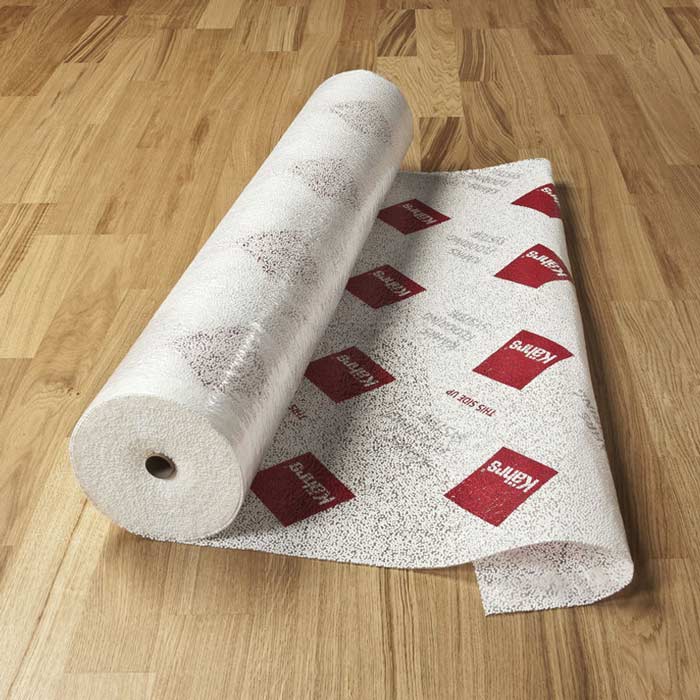
 Solid wood
Solid woodSolid wood flooring is a plank of wood which is the same consistency throughout so it is not advisable to put underlay beneath this floor. This is better off glued or nailed down to the subfloor for best results. Nailing down the floor also helps the floor to stay secure and not move, when exposed to changes in temperature.
Engineered Floor

Engineered flooring is different layers of plywood, which sit together with a small wear layer on top of the real wood. This type of floor doesn’t always require underlay but most do.
If the flooring is not nailed down, please remember to acclimatise the floor for 48 hours (leaflet inside the packs) before installing. If the floor is installed as floating which is effective and efficient, you will need an underlay to lay first as without this, the floor tends to make noise. If your floor is uneven, we suggest you put 5mm thick plywood first and then lay the floor. Most brands have underlays suitable for the flooring you are laying, whereas One Stop Flooring has 2 common ones we use. First, is UL13 which is a gold sound acoustic underlay - 5mm thick and advised to lay on upper floors. UL11, a basic silver backing underlay – 3mm thick- is advised for ground floor laying.
Vinyl floor
Most Vinyl floors come with inbuilt underlay and nothing additional is needed (we strongly advised not to use another underlay as this can void the manufacturer's warranty, the inbuilt one is sufficient.
There are some floors you will require to put underlay but these are specific types of underlay for vinyl floors. These generally come between 1-2mm thick as vinyl floors do not need any more than this.

Laminate floors
This type of flooring will need underlay. We have many types of underlays available for this type of floor depending on what your subfloor is. From underlay for uneven floors, silent walk, thermos level to get the heat inside the room and sound acoustic underlay, the wide choice will definitely fulfil your needs.
